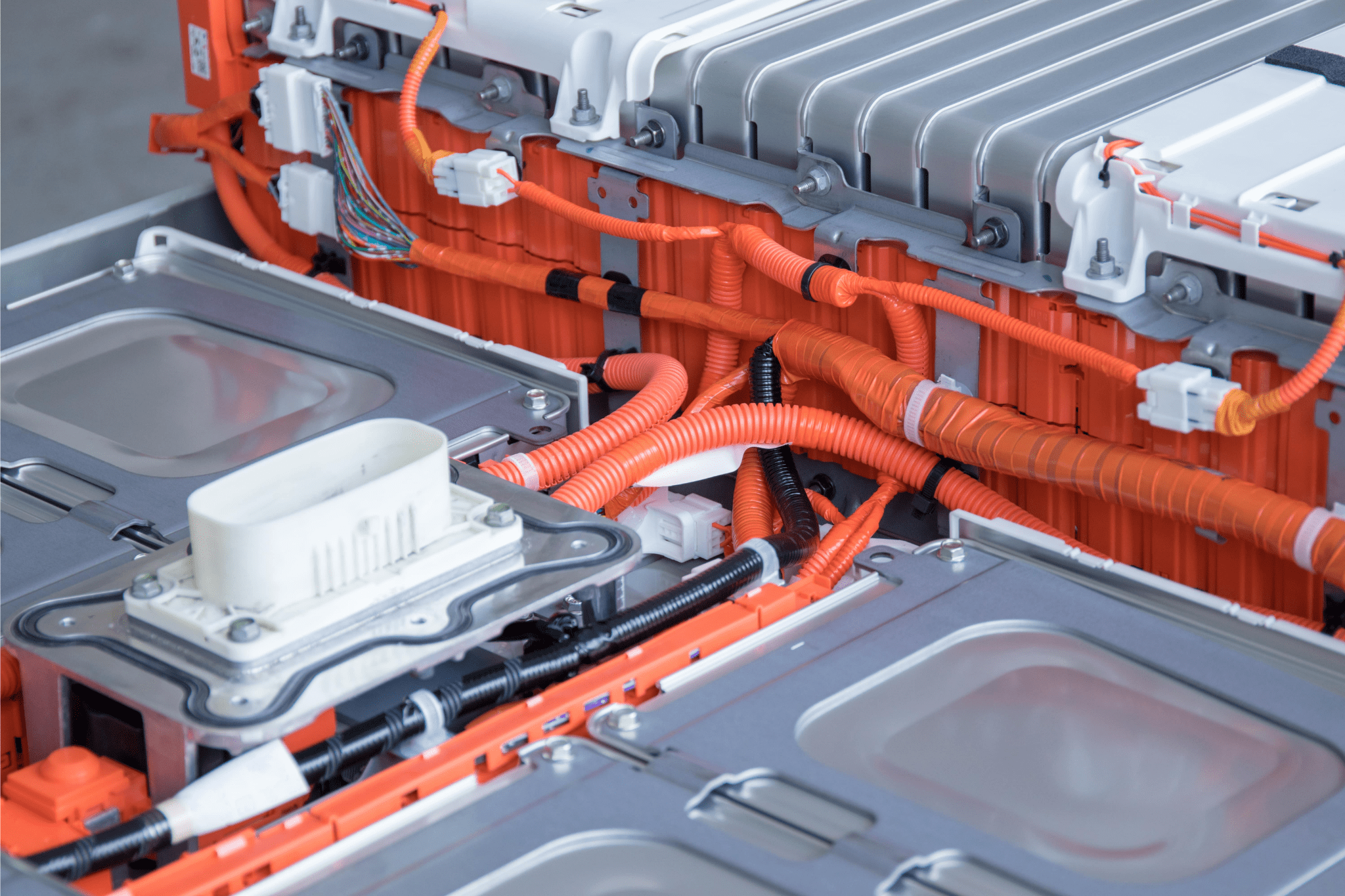Leadership Perspective: Ulrike Steinfort on testing standards for EV battery
Global EV sales are predicted to reach 17 million units this year, a 20%+ year-on-year increase. With eco-conscious consumers increasingly attracted to electric vehicles' ability to cut carbon emissions and lower operating and maintenance costs, this trend shows no signs of slowing down. Central to EVs are their power sources: batteries. And when it comes to electric vehicle battery (EVB) labels, details matter. How we test and standardize these labels, however, is a constant challenge to manufacturers and OEMs.
When I joined Avery Dennison 23 years ago, I built our durable goods labeling segment in Europe from the ground up. Fast forward to five years ago, we took a huge step into the electric vehicle market, entering the complex world of EV battery labeling. Since then, my team and I have been on a continuous mission to ensure our labels meet the highest performance and safety standards, offering bespoke solutions to customers in this fast-evolving industry. But this hasn't been a simple mission. It has been, and continues to be, an uphill journey, mostly due to the lack of standardized testing within the industry.
Navigating diverse technical requirements
One of the biggest challenges we face is the sheer variety of technical requirements imposed by different battery manufacturers. Every manufacturer has its own criteria for properties like electric conductivity, flammability, and chemical resistance. While the applications might be similar, the methods to meet these are not. For example, the flammability standard UL 94 is interpreted differently everywhere, making it difficult to create a uniform solution for all.
What makes things more difficult is the lack of standardized testing methods. At Avery Dennison, this means we have to explore and innovate with various test methods and parameters for each project. While this can sometimes extend development times and increase costs, it also allows us to tailor solutions to meet unique customer needs. Each project has to be evaluated individually, as values are often asked for without defined test methods, making our work dynamic and challenging but ultimately really rewarding.
Responding to these diverse testing requirements can have financial and operational implications too. For example, building specific electrodes for electric property tests allows us to push the boundaries of what’s possible, even if it takes a bit more time. However, when customers request out-of-the-box values or overly specific targets, it often leads to the development of unique materials that might not be necessary. This increases costs and results in higher expenses for customers without adding real value to the end product. While ensuring our solutions remain cutting-edge, this approach can sometimes create inefficiencies in the market.
Developing universal testing standards is essential
As there are currently no universal testing standards, the EVB labeling process will continue to be fragmented and somewhat inefficient. Universal tests would really streamline development processes, reduce costs, and ensure uniform quality. We know this is possible within the automotive industry as we've seen standardized systems like the IMDS implemented successfully, providing an example of what is possible.
We are fully committed to supporting the industry in defining and implementing standardized labeling requirements for EVBs. Our in-depth understanding of material performance and testing allows us to help translate real application needs into specific requirements and test methods. By being involved in technical committees and advising on industry standards, we can play an important role in establishing clearly defined specifications that benefit both manufacturers and end-users.
Moving towards collaboration
Creating these universal testing standards calls for collaboration from all industry stakeholders, including OEMs, battery manufacturers, materials manufacturers, and test institutes. Establishing a balanced committee to define these is the first step. By focusing on the actual needs of the application and translating them into precise material specifications and test methods, we can deliver better efficiency and clarity—that would truly be a dream come true for me. This will not only benefit the industry but also help to improve the quality and reliability of EVBs. After all, since the EU will require zero emissions for all new cars from 2035, EVBs will be at the heart of that transition, ensuring a cleaner and more sustainable future for us all.
Further reading
About the author
Ulrike Steinfort
Ulrike Steinfort, technical marketing manager for Durable Goods within the Materials Group EMENA, has over 25 years of experience in the durables segment. Her profound knowledge of applications, their requirements, and labeling solutions has been essential in driving durable innovations and developing Avery Dennison’s product portfolio.
Ulrike has formed close collaborative partnerships with customers and end users to help guide them in selecting the correct materials for their applications and provides technical documentation support. She is an expert on compliance topics such as CSA and UL and is a member of the Technical Committee for the UL 969 and UL 969A standards.
With a background in engineering, specifically in paper and plastic processes, Ulrike has a unique understanding of the complexities of the business and a deep understanding of market needs.
ulrike.steinfort@eu.averydennison.com
https://www.linkedin.com/in/uli-steinfort-2191336a
